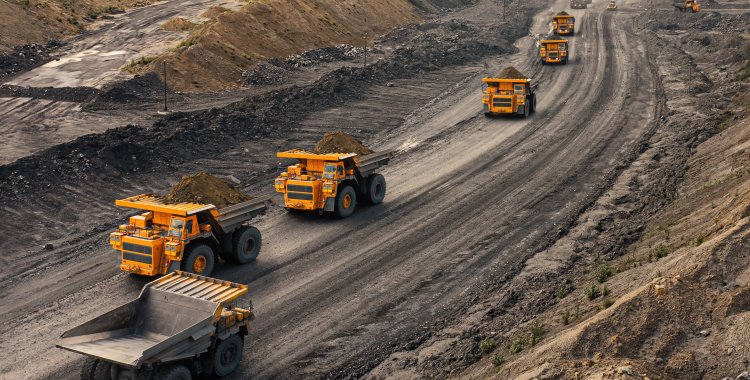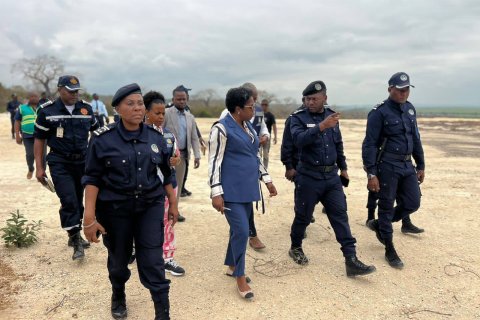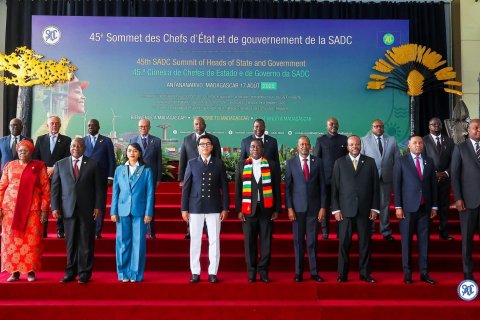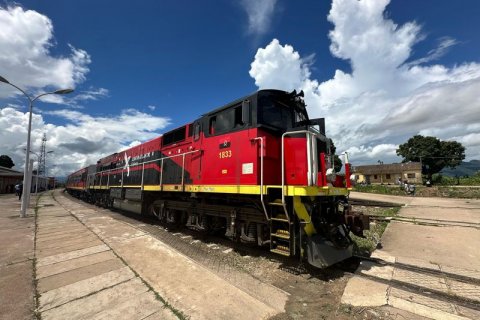Alexandra Moutinho presented this Wednesday the study "Mine 2022", which focuses on the largest companies in the sector ("Top 40"), describing 2021 as an exceptional year for the industry, in which profits grew 27 percent to 159,000 million dollars (approximately the same in euros), a figure that is expected to decrease by 1 percent in 2022.
"The outlook is for revenue growth, but also cost growth and reduced margins," said the head of the consultancy, during the 2nd Banking & Mining Forum, organized by Bumbar Mining, which took place in Luanda.
The specialist also pointed out the imbalance between supply and demand for critical minerals as an opportunity for Angola, which has 36 of the 51 critical minerals identified worldwide, taking into account their importance in the energy transition and decarbonization.
The International Energy Agency estimates that annual demand for minerals critical to clean energy technologies will exceed US$400 billion by 2050, which is currently equivalent to annual coal revenues, he said.
Alexandra Moutinho pointed out that the demand for critical minerals is increasing "at a galloping way", with a huge mismatch on the supply side, another of the challenges being the great volatility of prices.
For example, lithium increased by 280 percent in 2021, cobalt by 119 percent and copper by 26 percent.
The mining industry, for its part, has been adapting to more risks, more scrutiny and greater volatility, as well as higher standards for operators, and a more assertive regulatory stance, stressed the director of PwC in Angola.
In 2021, the "top 40" saw their revenues increase 32 percent and profits, 27 percent.
Gold transactions accounted for 70 percent of the total, but the weight of critical minerals is also growing, reaching 27 percent in 2021, with the value of transactions being 159 percent higher than in 2019.
These minerals are used throughout the low-emissions energy cycle value chain: lithium, nickel, cobalt and graphite for energy storage; copper and aluminum for power transmission; and silicon, uranium and rare earths for solar, wind and nuclear energy production.







